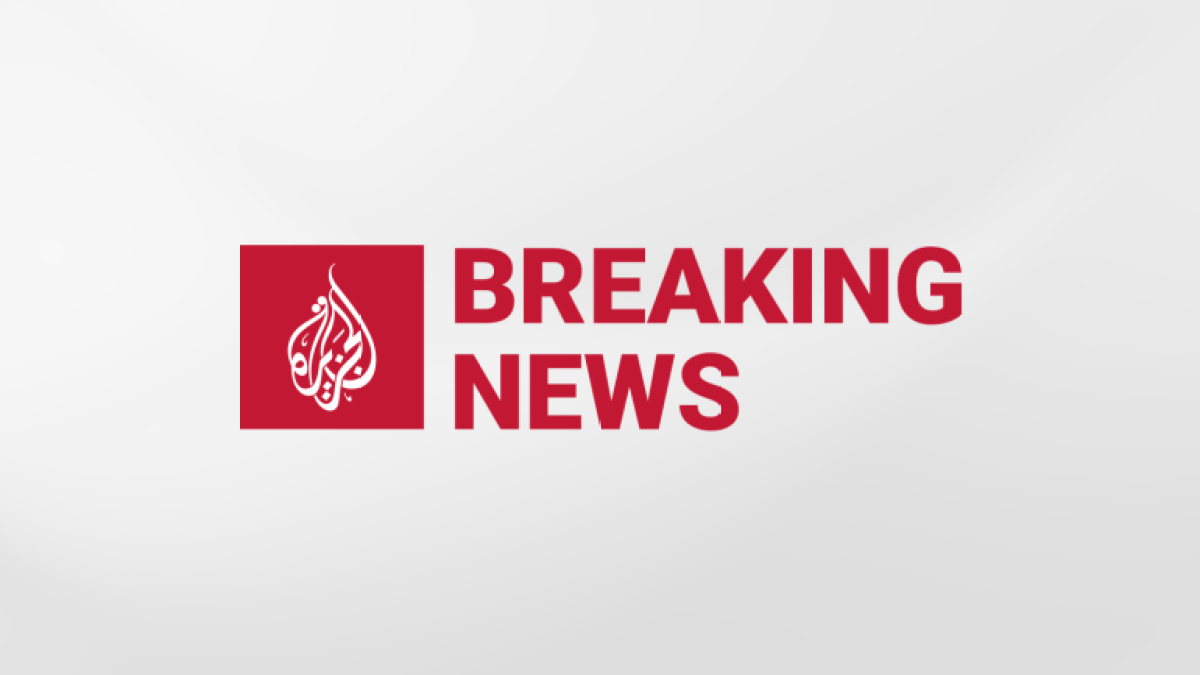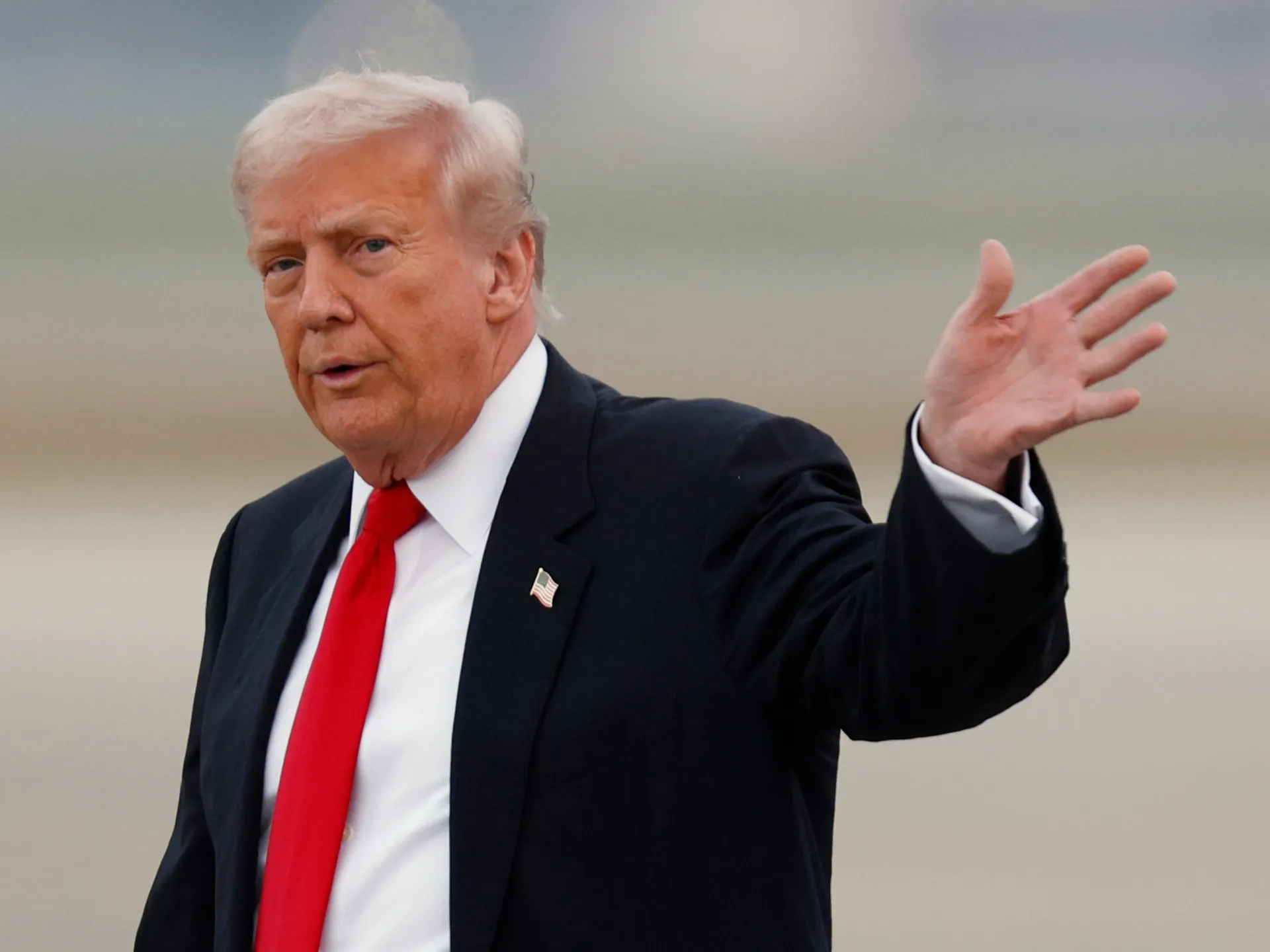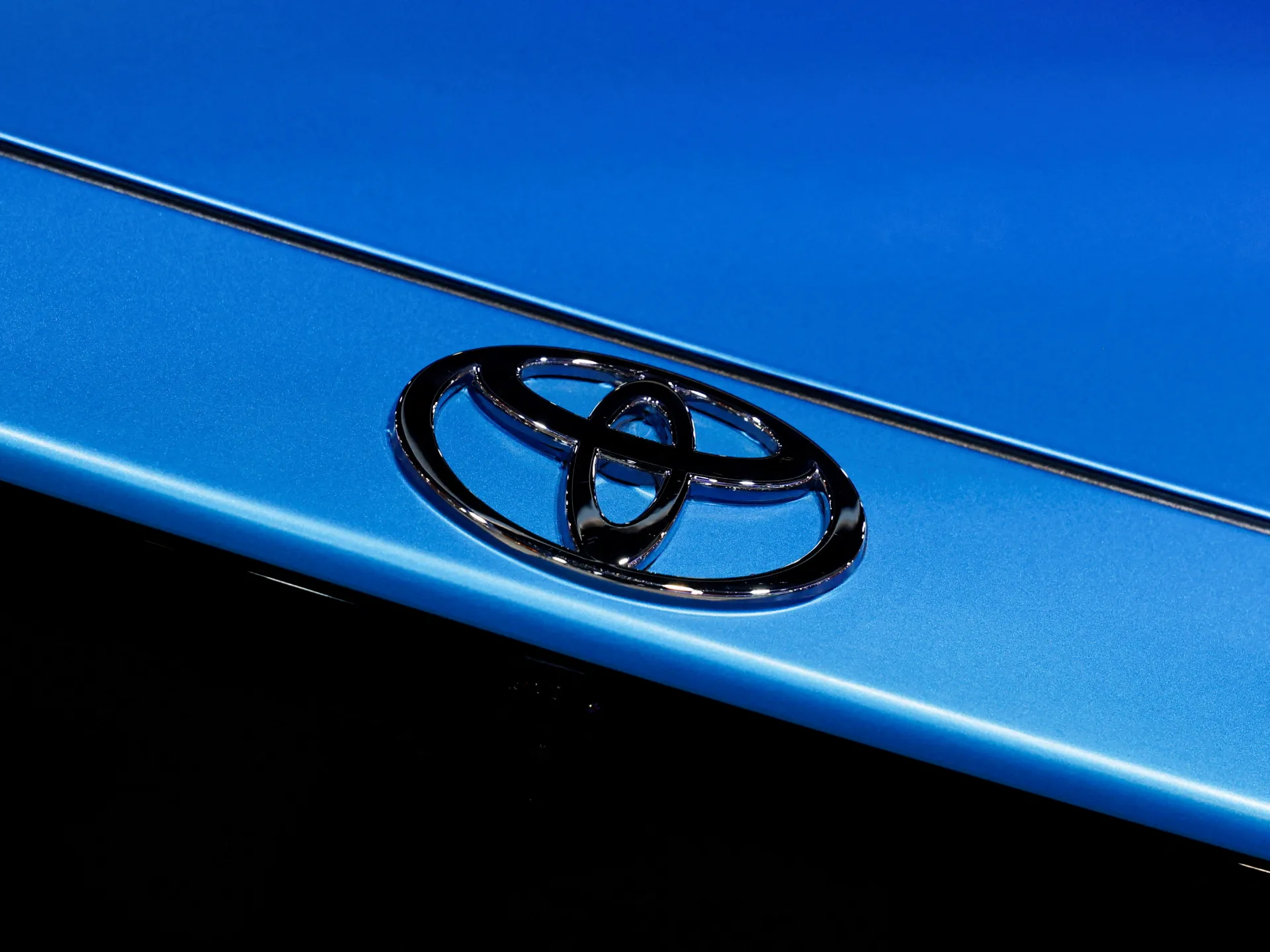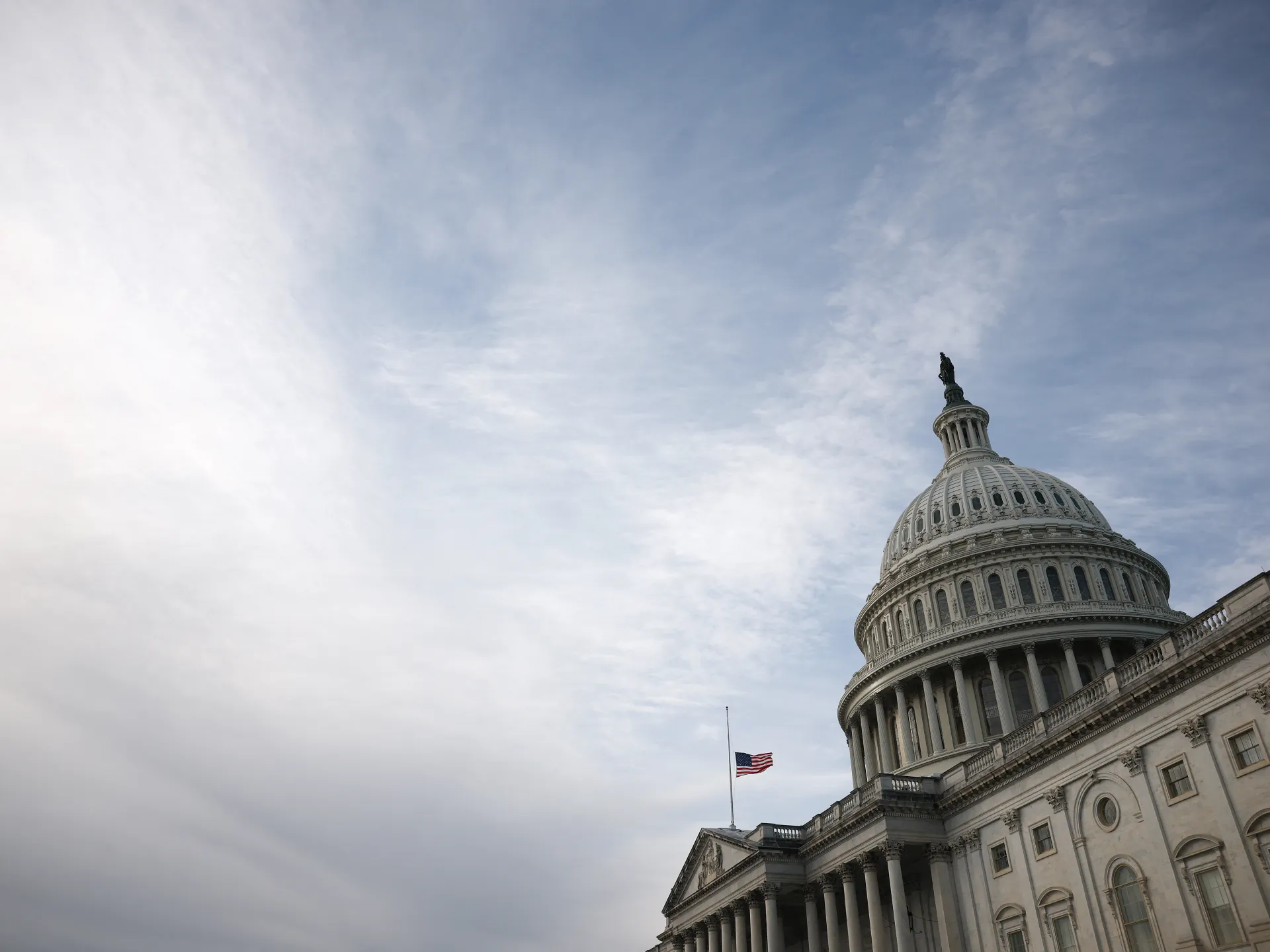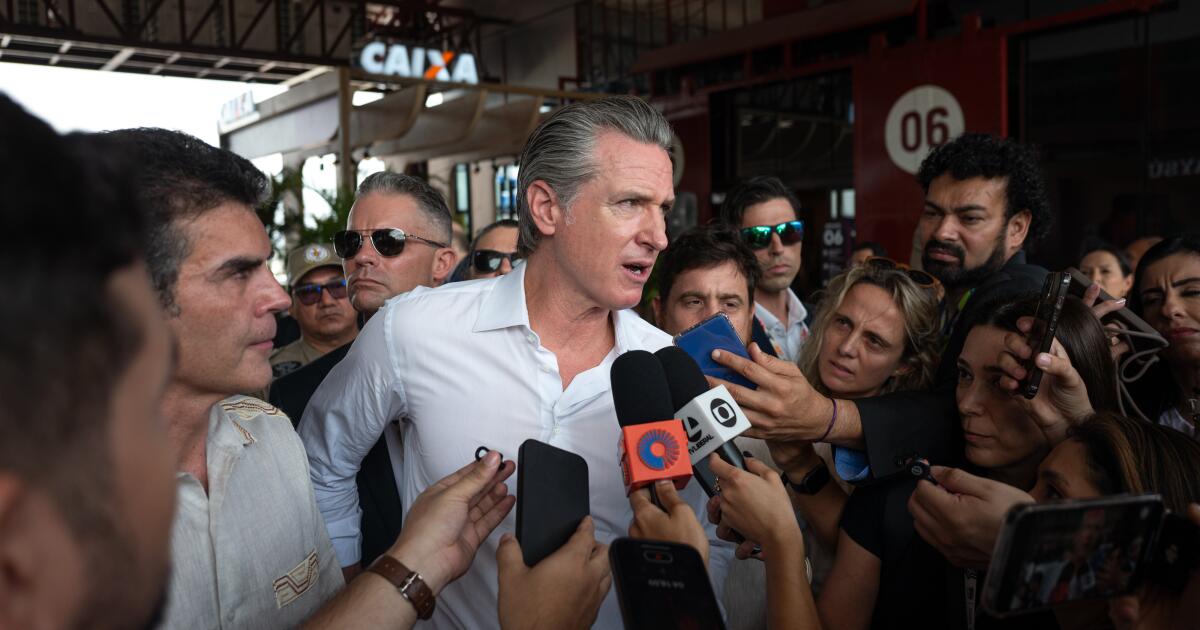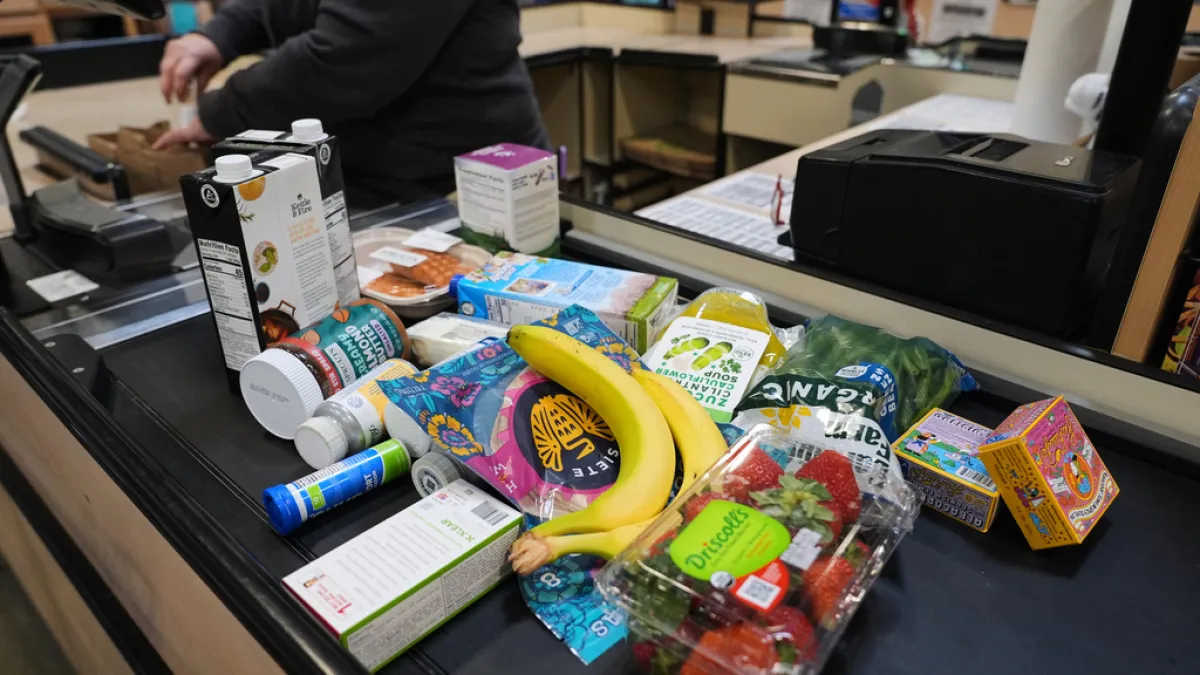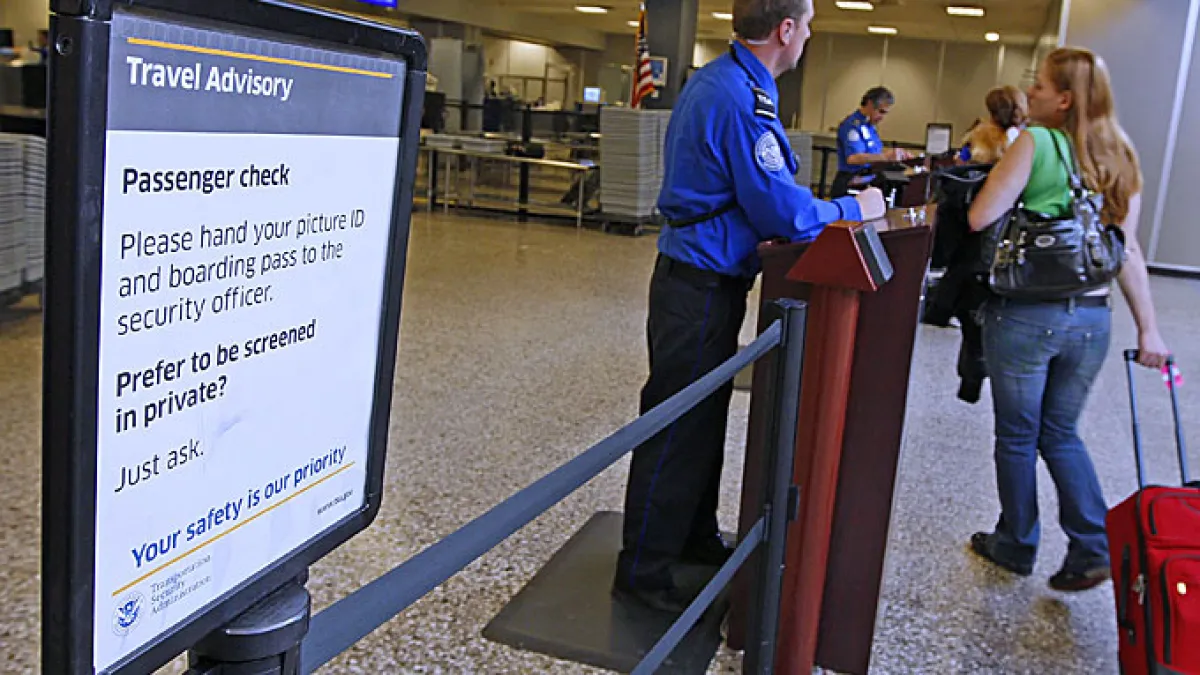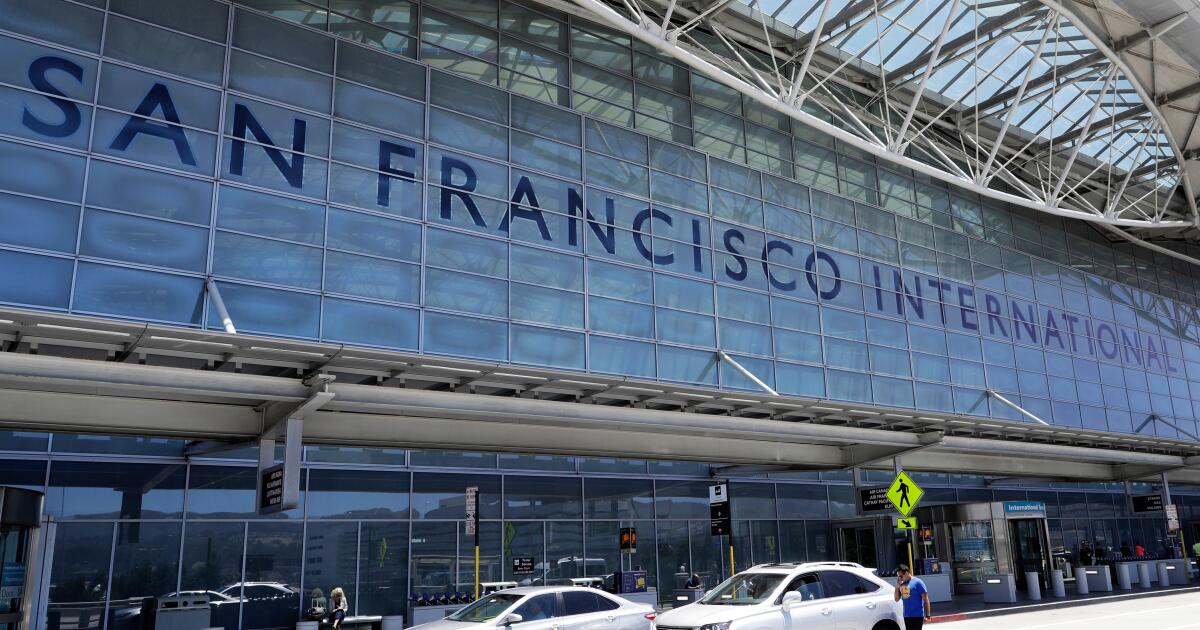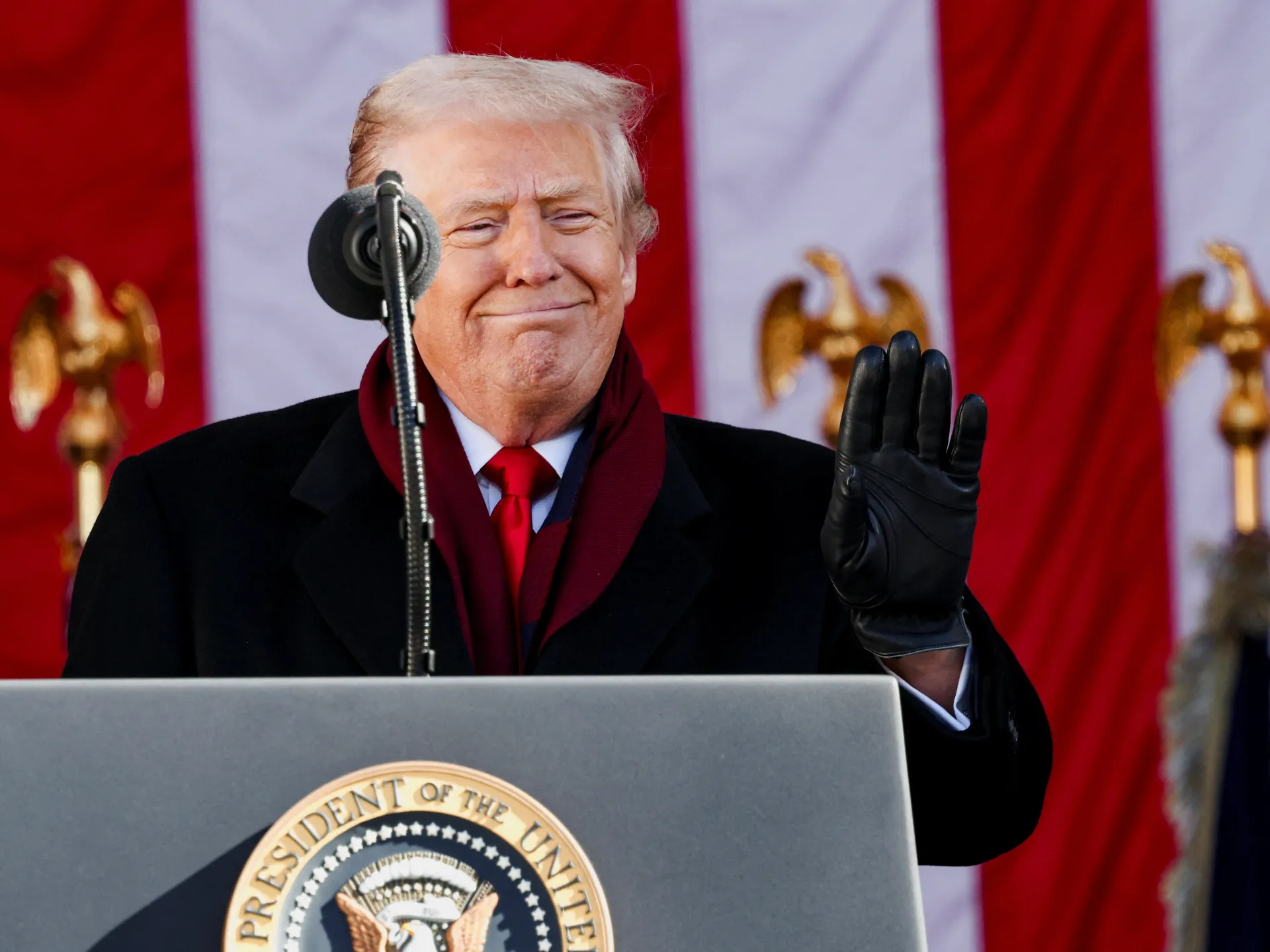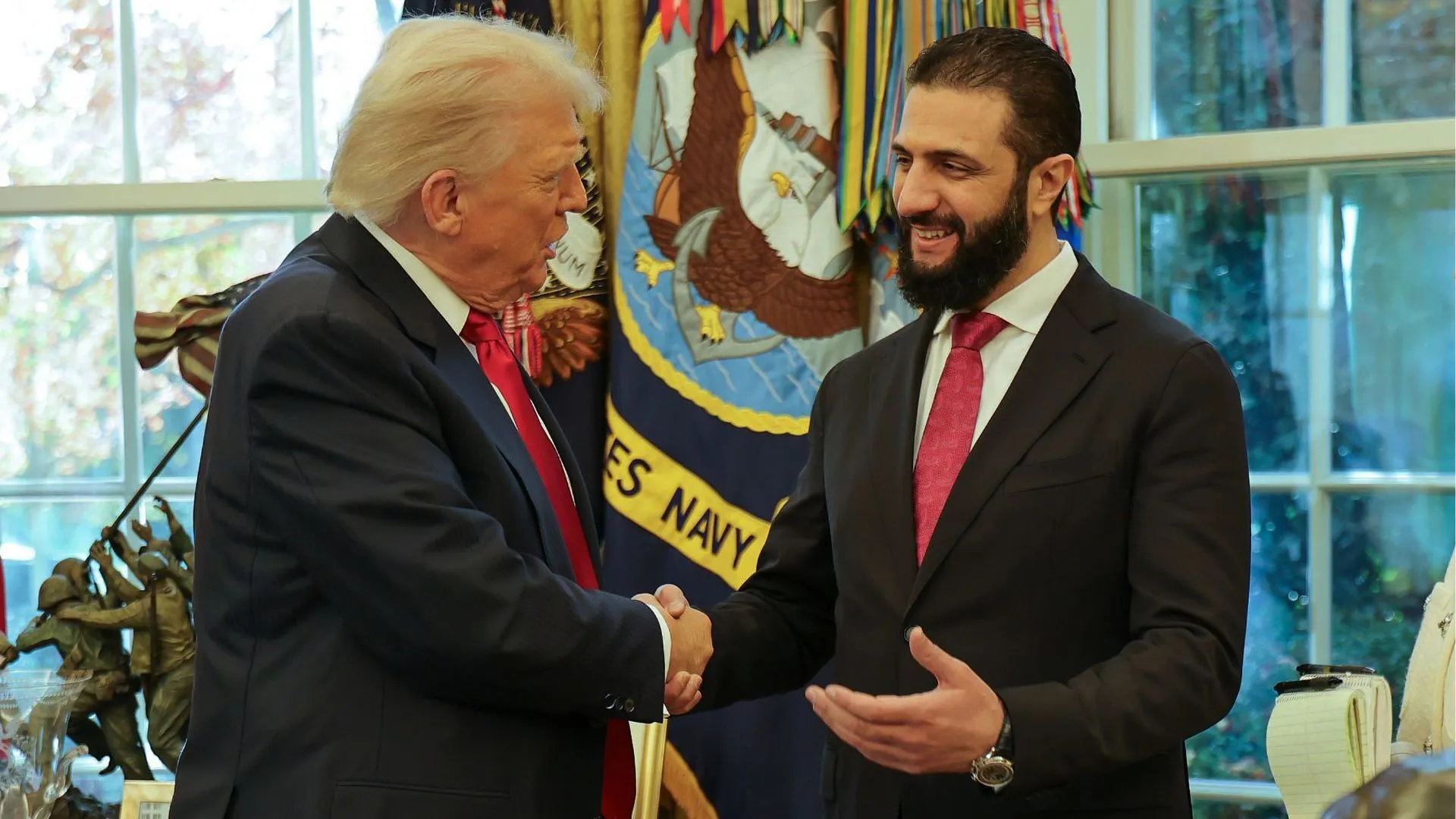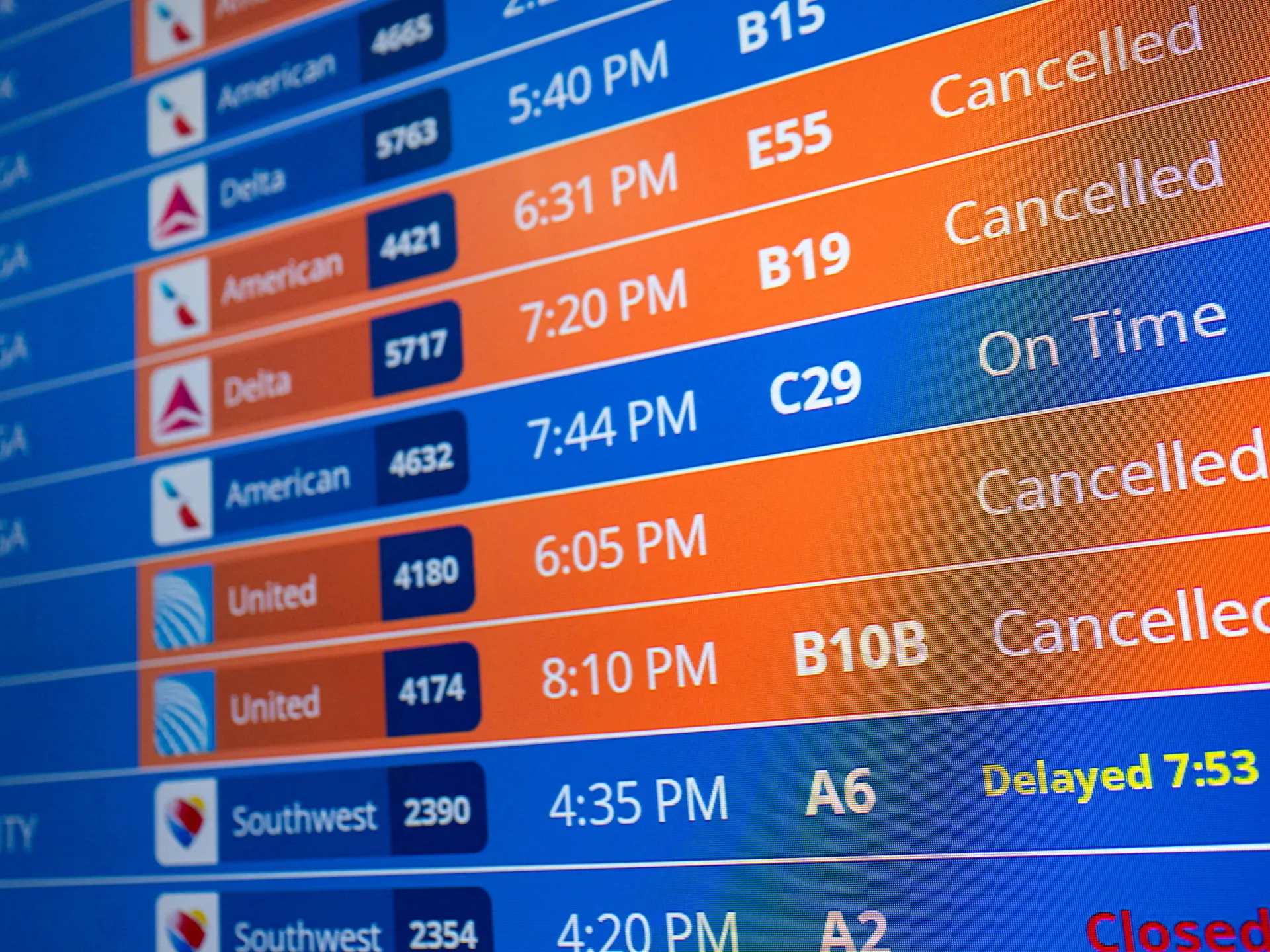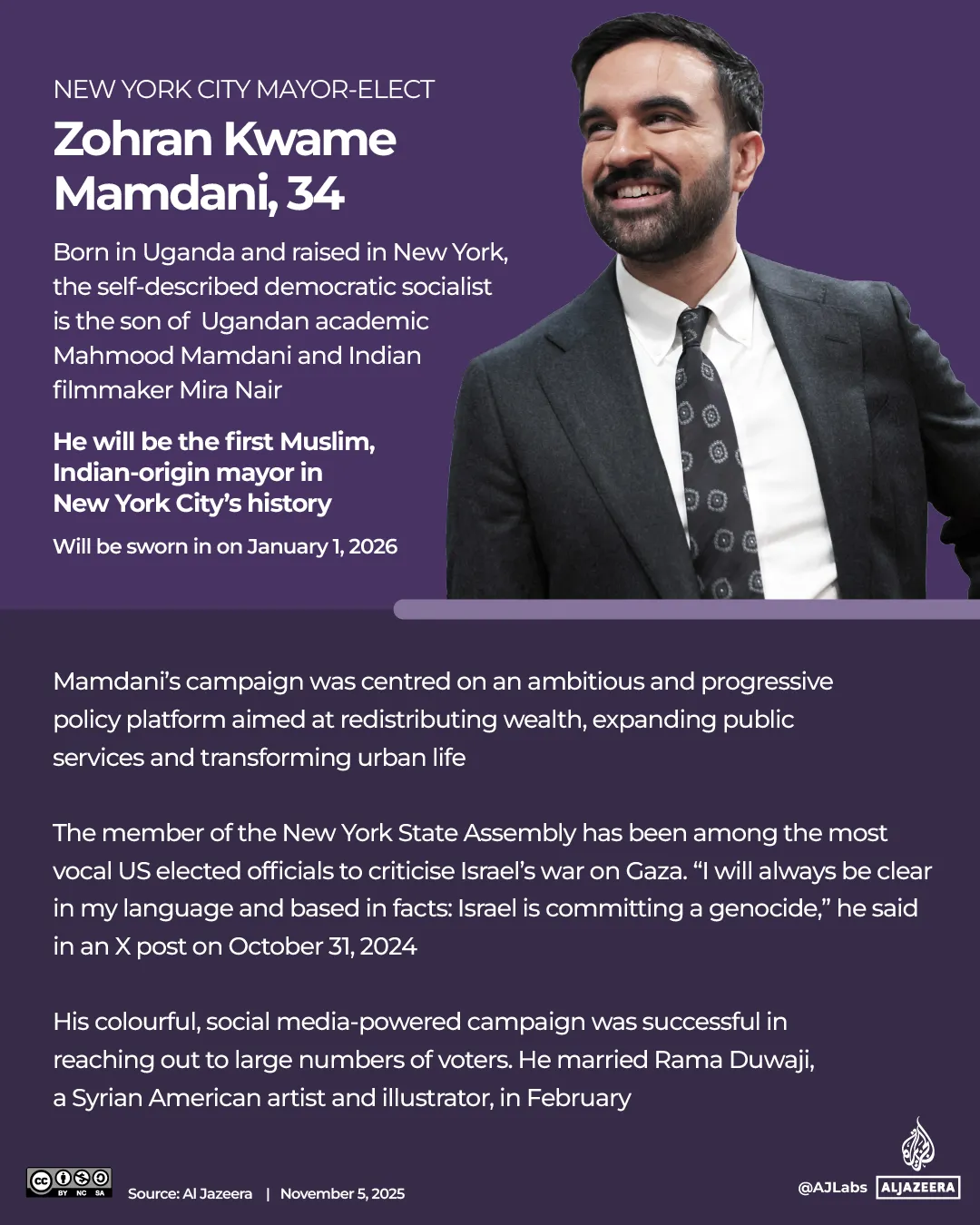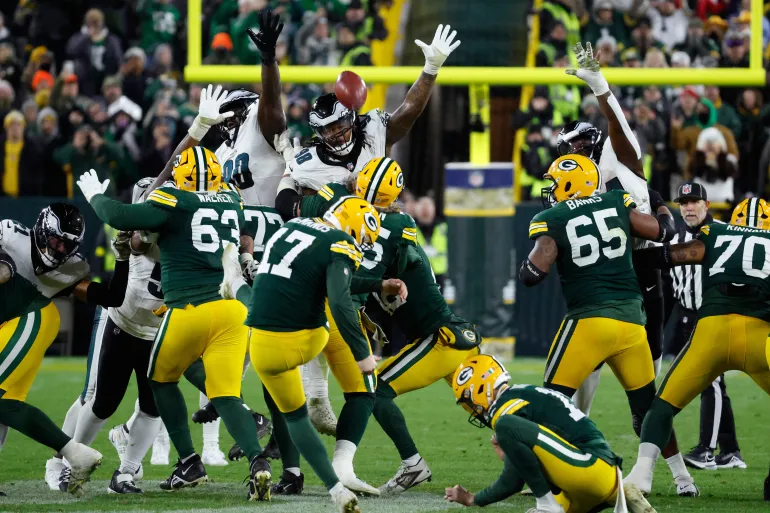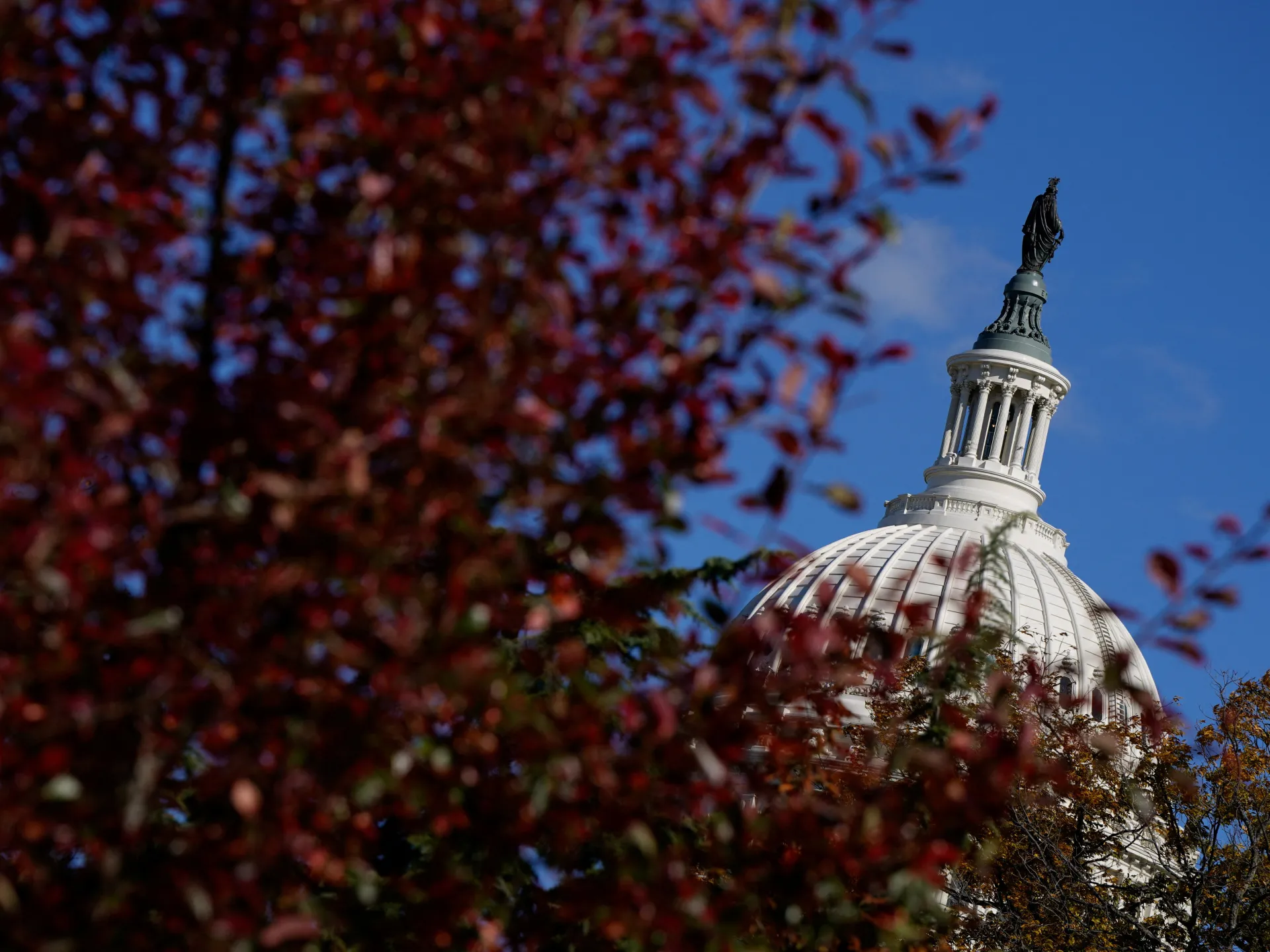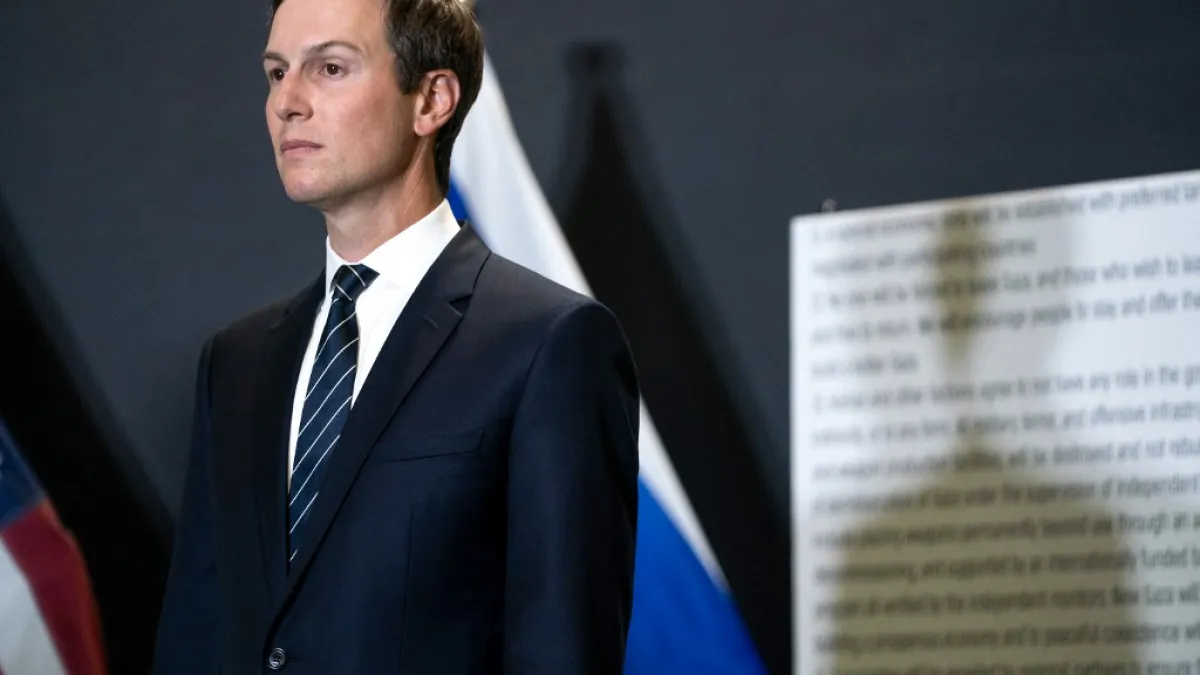US knew Israeli officials discussed use of human shields in Gaza: Report | Israel-Palestine conflict News
Israel has repeatedly been accused of using Palestinians as human shields in violation of international law.
Published On 13 Nov 2025
The United States had evidence last year that Israeli officials discussed how their soldiers sent Palestinians into tunnels in Gaza that the Israelis believed were potentially lined with explosives, two former US officials have told the Reuters news agency.
The information was shared with the White House and analysed by the intelligence community in the final weeks of former President Joe Biden’s administration, the officials said.
Recommended Stories
list of 4 itemsend of list
International law prohibits the use of civilians as shields during military activity.
Israel’s use of Palestinians as human shields in Gaza and the occupied West Bank has been documented on multiple occasions, but Wednesday’s Reuters report is a rare acknowledgement that Washington collected its own evidence on the subject.
The officials, who spoke on condition of anonymity to discuss sensitive national security information, did not provide details on whether the Palestinians referenced in the intelligence were prisoners or civilians.
Reuters could not determine whether the Biden administration discussed the intelligence with the Israeli government.
Responding to the report, the Israeli military said in a statement that it “prohibits the use of civilians as human shields or coercing them in any way to participate in military operations”.
It added that the Military Police Criminal Investigation Division is investigating “suspicions involving Palestinians in military missions”.
In May this year, seven Palestinians who had been used as human shields in Gaza, as well as the occupied West Bank, shared testimonies in a report published by The Associated Press.
In June 2024, video footage verified by Al Jazeera showed Israeli soldiers tied a wounded Palestinian man, Mujahed Azmi, to the front of a military jeep and drove him past two ambulances during a raid on the city of Jenin, in the occupied West Bank.
The Israeli military claimed at the time that the soldiers involved violated protocol, while a US State Department spokesperson described reports and video of the incident as “disturbing” and “a clear violation” of Israel’s “orders and procedures”.
Israel quizzed at UN over torture allegations
Israel was questioned at the United Nations on Tuesday and Wednesday over multiple reports alleging the torture of Palestinian detainees, in particular since the Hamas attacks of October 7, 2023.
“The committee has been deeply appalled by the description we have received, in a large number of alternative reports, of what appears to be systematic and widespread torture and ill-treatment of Palestinians, including children,” the body’s rapporteur, Peter Vedel Kessing, said.
Twenty-eight Israeli officials appeared in front of a panel of 10 UN experts on torture in Geneva.
The experts asked the Israeli team: “Does Israel have a law against torture?”
The answer from the Israeli delegation was no.
“Does Israel apply the agreements it has signed against torture in Gaza and the West Bank?” the question continued, to which the answer was also no.
The committee confronted Israel with multiple reports and a long list of violations against Palestinians. The Israeli delegation denied most of them. In some instances, the delegation said, soldiers had acted in “self-defence”.
Israel has repeatedly been accused of using torture during its two-year war on Gaza.
In one instance, a video leaked from its infamous Sde Teiman military prison appeared to show Israeli soldiers raping a Palestinian detainee.
In addition, dozens of dead bodies of Palestinian detainees that have been returned to Gaza since the start of a ceasefire have exhibited signs of torture.
The UN Committee Against Torture will issue a non-binding summary of its findings on the allegations against Israel at the end of November.

